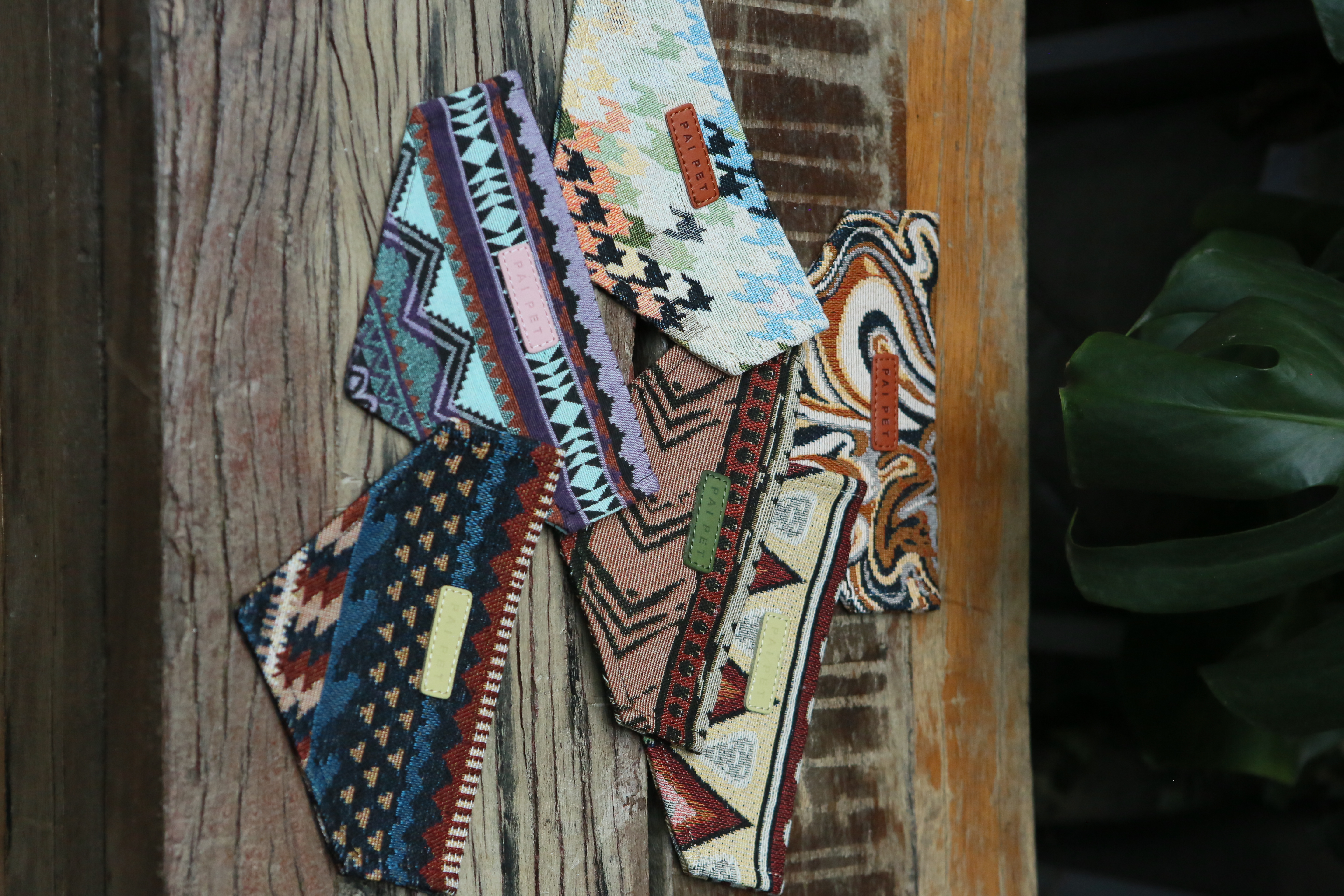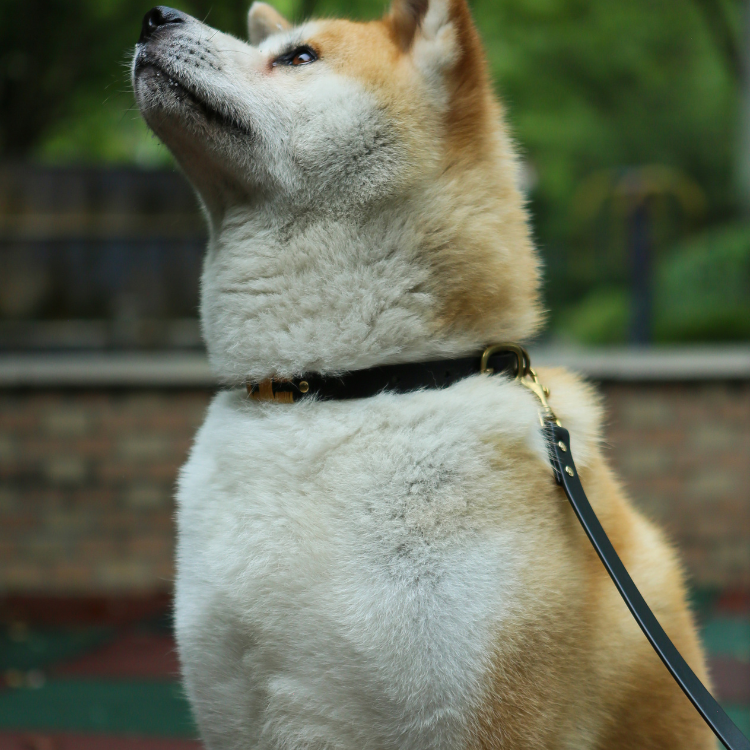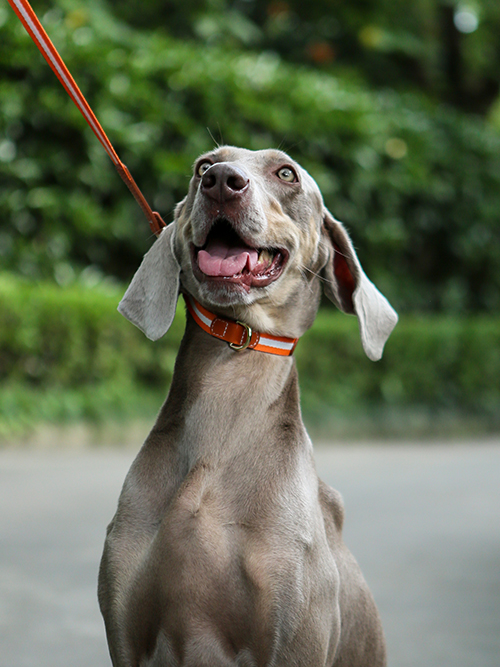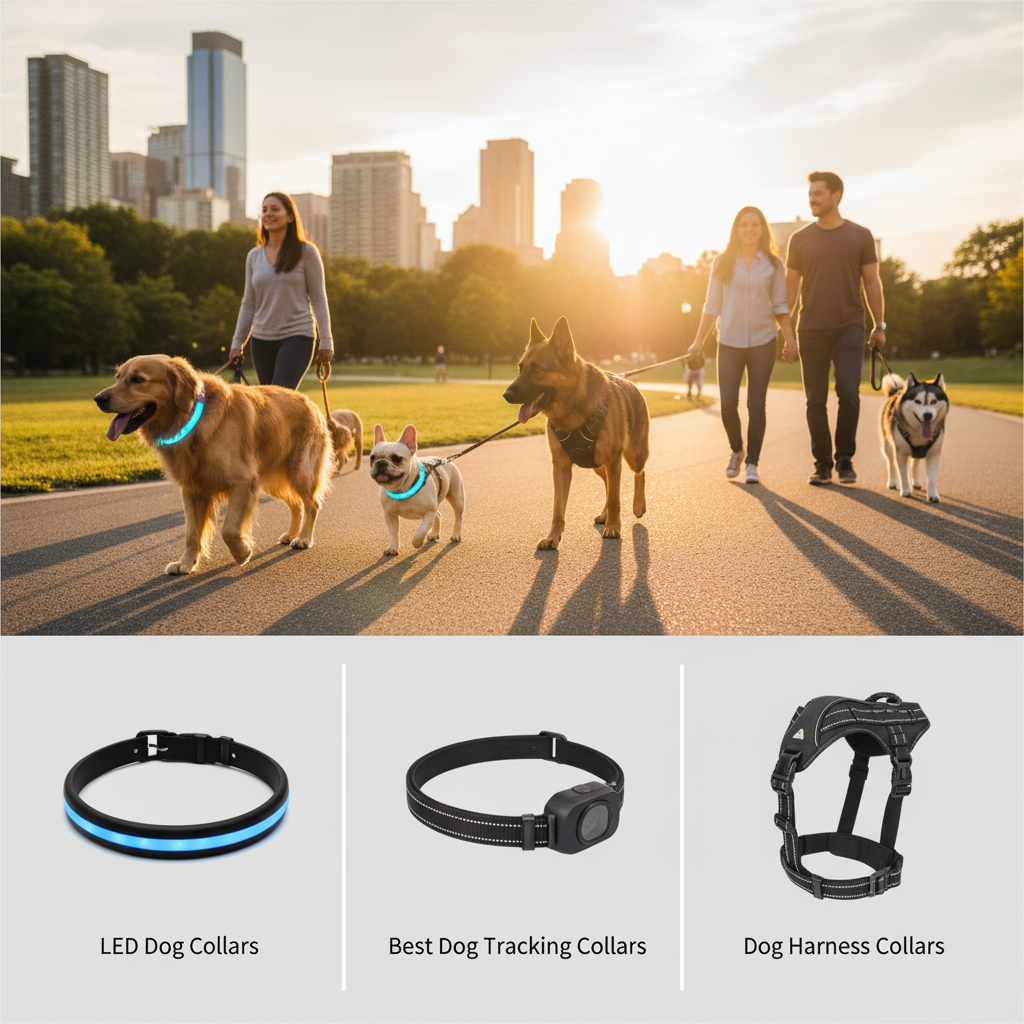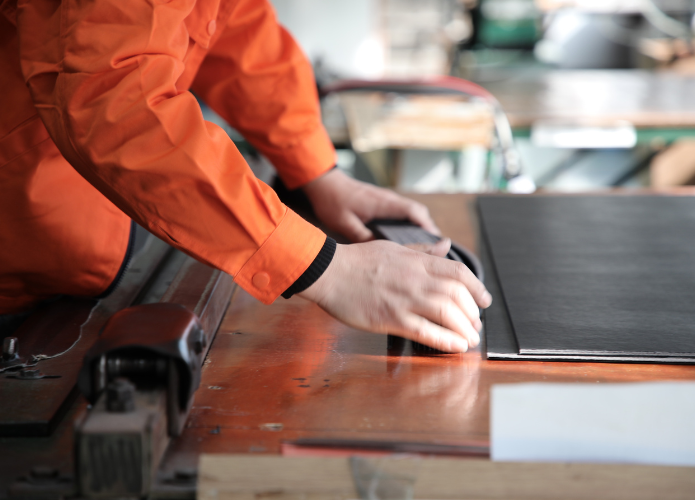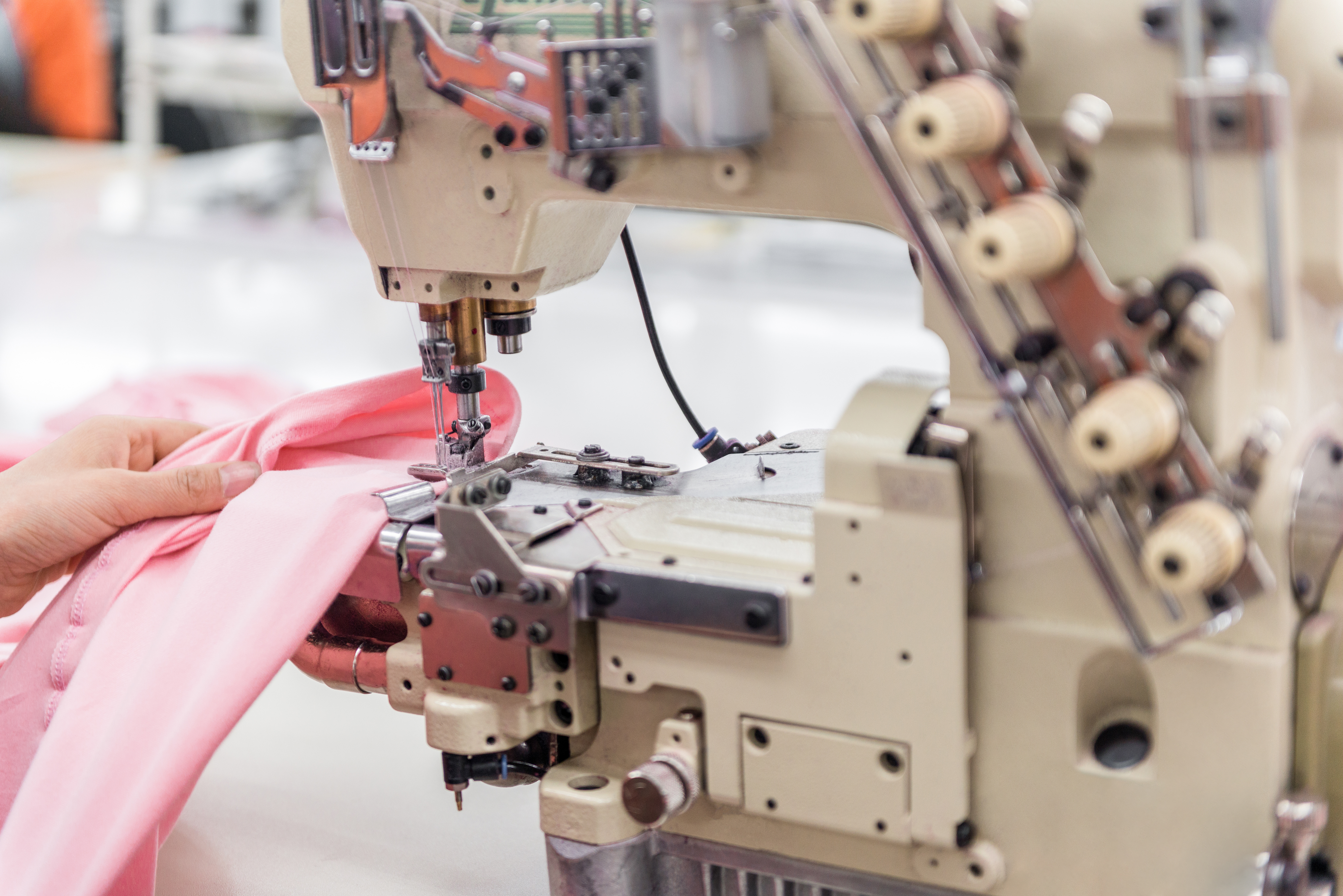PVC Collars: The Ultimate Guide to Pet Neckwear
Discover why PVC collars are perfect for active pups! Our guide covers material types, compares PVC vs. leather, and offers expert tips on safety.
When we talk about pvc dog collars, it's important to know that not all PVC is created equal. There are mainly two types you'll find: pure PVC collars and PVC-coated webbing. Knowing the difference is key to choosing wisely. Coated Webbing is The Market Leader which is the most common and often superior type of pvc dog collar.
These collars have a strong inner core, usually made of polyester or nylon webbing. Then, a layer of PVC is applied evenly over the webbing.This design combines the strength and flexibility of traditional webbing with the amazing protective qualities of PVC.
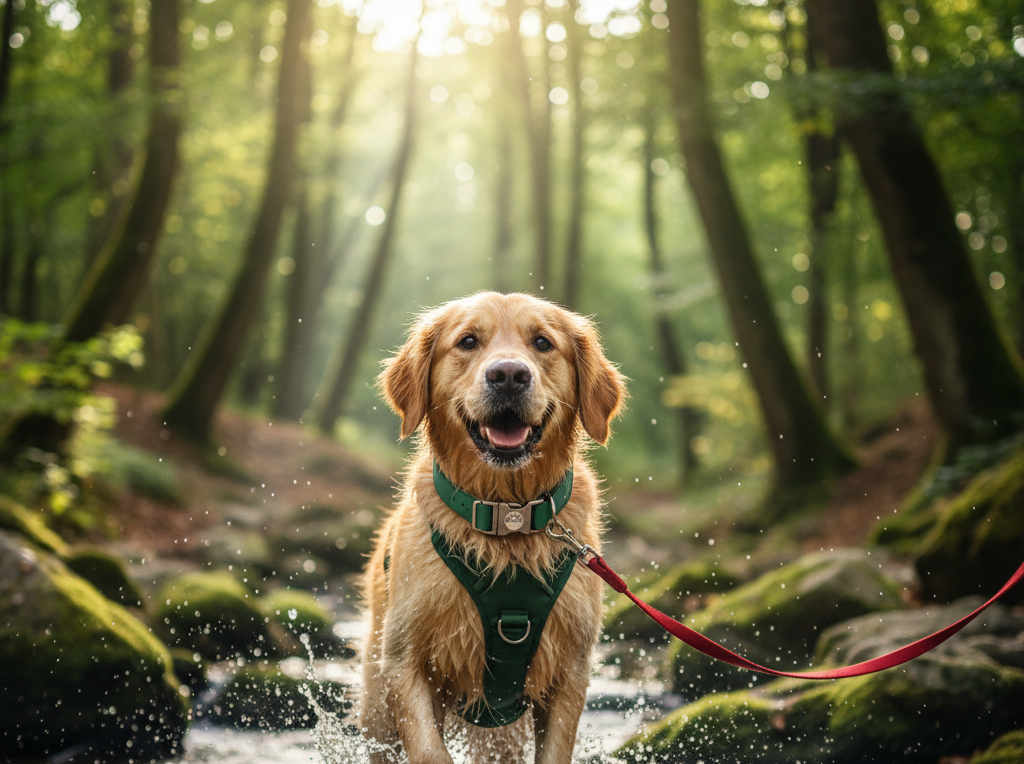
PVC Dog Collars vs. Leather Dog Collars: A Head-to-Head
To truly understand the benefits of a pvc dog collar, let's compare it to a classic choice: the leather dog collar.
|
Feature |
PVC Dog Collar (especially coated webbing) |
Leather Dog Collar |
|
Waterproof |
It doesn't soak up water; fully waterproof. |
Gets wet easily, can stiffen, mold, or crack when wet. |
|
Care |
Just wipe it with a damp cloth. No special products needed. |
Needs regular cleaning, oiling, and protection from sun/damp. |
|
Durability |
Resists tearing, rubbing, and aging. |
High-quality leather lasts long but needs proper care. |
|
Comfort |
Coated webbing is soft and flexible. Some pure PVC might be stiffer. |
Natural, soft, breathable, and molds to the dog over time. |
|
Odor Resist |
Doesn't hold smells; very easy to keep clean. |
Absorbs sweat and dirt, can smell if not cleaned often. |
|
Price |
Good value for money. |
High-quality real leather can be expensive. |
Summary: PVC dog collars excel in waterproofing, easy cleaning, and durability. They are perfect for active dogs who love water or outdoor adventures. Leather dog collars offer natural comfort, breathability, and a classic look, but they need more care.
Your Professional Buying Guide
How to Get the Size Right:
Use a soft tape measure around the widest part of your dog's neck. This is your base number.
The "Two-Finger Rule": Once the collar is on, you should be able to easily slide two fingers between the collar and your dog's neck. This prevents it from being too tight which can hurt or affect breathing.
Considering the growth of puppies, choose a pvc dog collar with a wide adjustment range. Check the fit monthly and adjust or replace as they grow.
Key Parts to Look At:
Buckles:
Metal Buckles: Usually made of stainless steel or zinc alloy. They are very strong and hold up well, ideal for large or strong dogs. Check if they are rust-proof.
Plastic Buckles: Lightweight and easy to use. They are not as strong as metal, best for small dogs or daily use. Choose a known brand for sturdy, non-brittle plastic.
Quick-Release Buckles : These open quickly, which can prevent choking if the collar gets caught. Make sure the locking mechanism is strong to prevent accidental opening.
D-Ring:
This is where you attach the leash, dog tags, and other accessories.
Material: It should be strong stainless steel or zinc alloy to handle pulling forces.
Welding Quality: The D-ring's weld must be smooth, without sharp edges, and firmly joined with no gaps, to prevent breaking.
Load Capacity: Ensure the D-ring can handle your dog's pulling strength.
Potential Downsides of PVC Dog Collars
For Dogs with Very Sensitive Skin: High-quality PVC-coated collars are generally safe, but any synthetic material could potentially irritate extremely sensitive skin. Try it on for a short time and watch for any redness or itching. If problems occur, remove it and talk to your vet.
For Heavy Chewers: Even "chew-resistant" pvc dog collars might not stand up to determined chewers. If your dog chews a lot, they might damage the collar or even swallow pieces. Stop this behavior immediately and consider stronger metal collars or other chew-proof options.
For Those Wanting Ultimate Softness: While PVC-coated webbing is quite soft, some owners might find it less "natural" feeling than premium soft leather or special fabric collars. If ultimate softness is your top priority, you might want to explore other options.
How PVC Dog Collars Fit with Other Collars and PVC Dog Harnesses
A pvc dog collar is an excellent choice for everyday wear or specific situations, but it doesn't have to be your dog's only collar.
Everyday or Specific Use: Because they are waterproof, dirt-resistant, and easy to clean, pvc dog collars are ideal for daily use. They perform exceptionally well in rain, during swimming, or in muddy outdoor activities.
Pairing with a Harness for Leash Walking: For active dogs or those needing leash training, we recommend using the pvc dog collar for ID tags only. Attach the leash to a dog harness instead. A harness spreads the pulling force across your dog's chest, preventing pressure or injury to their neck, offering a safer and more comfortable walking experience.





